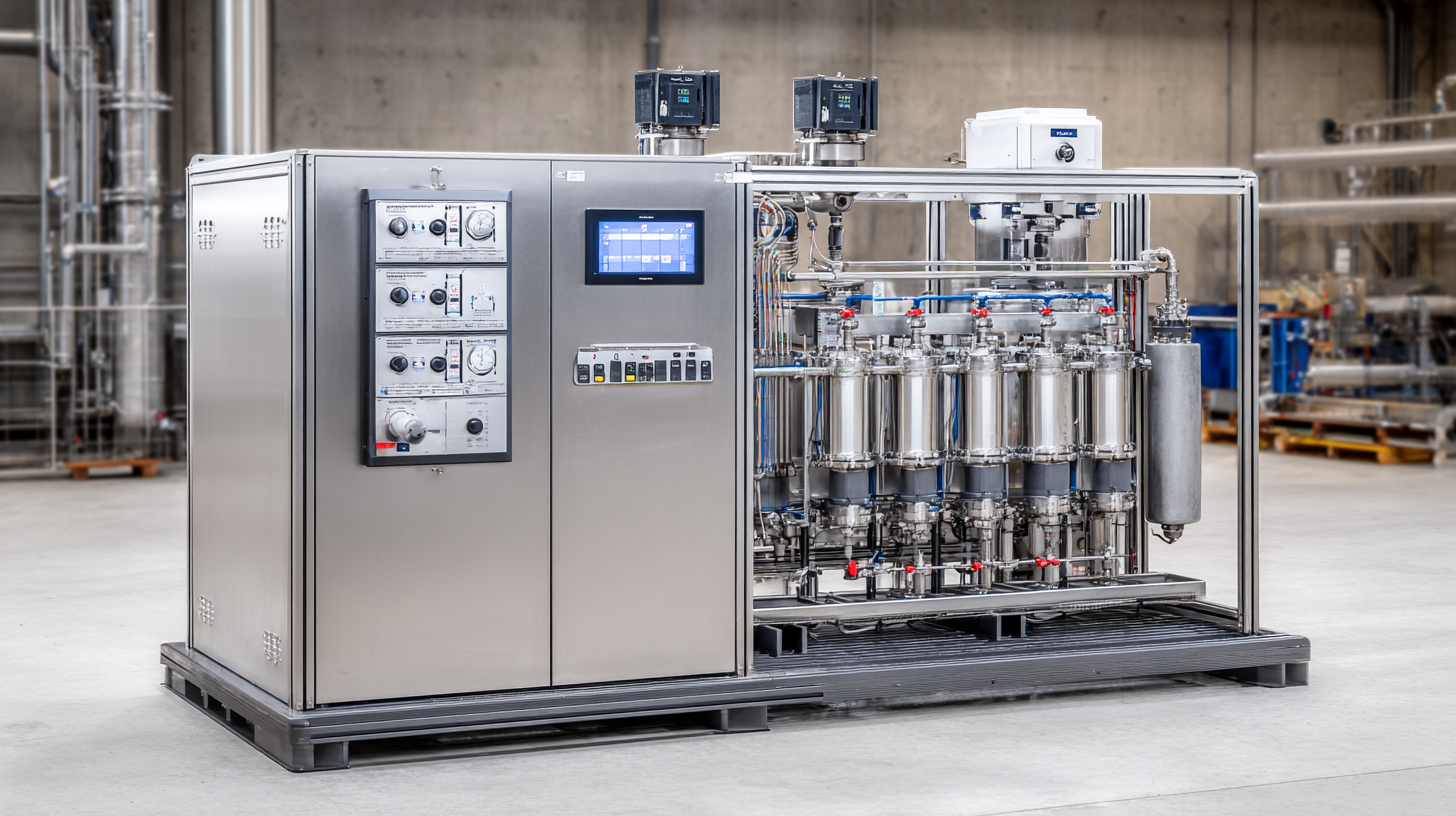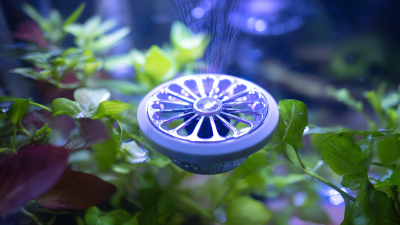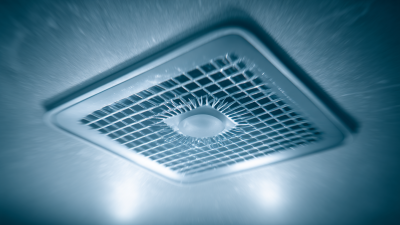In today's competitive industrial landscape, efficiency and precision are paramount for success. One innovative solution that has gained traction across various sectors is the Automatic Dosing System. This technology not only streamlines the process of dosing chemicals and materials but also enhances accuracy and consistency, ultimately leading to improved product quality and reduced waste. Companies are increasingly recognizing the benefits of integrating an Automatic Dosing System into their operations, as it enables better control over ingredient quantities, minimizes human error, and optimizes resource allocation. In this article, we will explore effective strategies for implementing an Automatic Dosing System, outlining the key steps and considerations necessary to achieve optimal performance and maximize return on investment. Whether you are looking to upgrade existing processes or implement a new system, understanding how to leverage this technology effectively can transform your industrial operations and position your business for greater success.
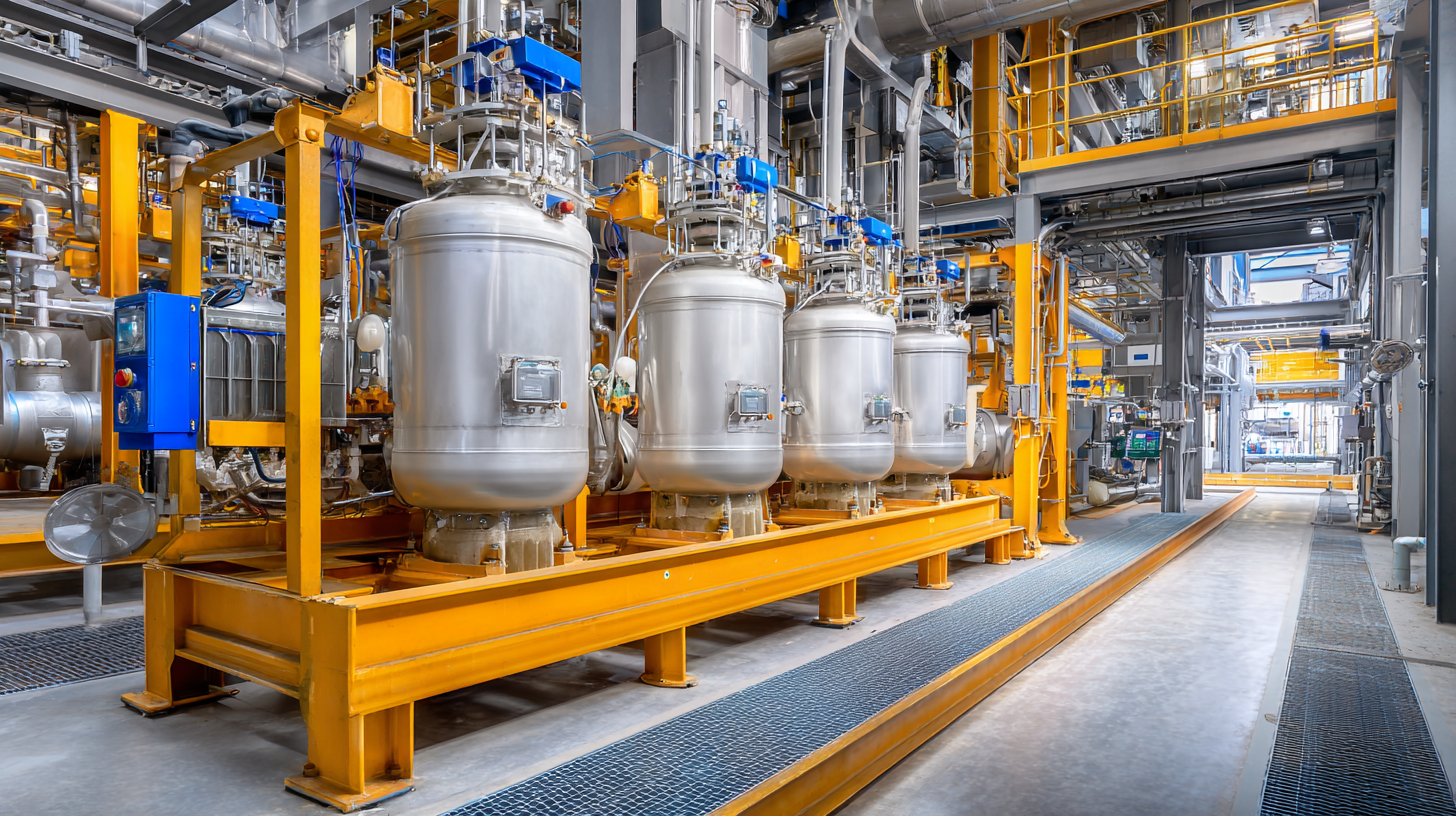
Automatic dosing systems are becoming essential in various industrial processes, offering precise control over material inputs and enhancing operational efficiency. According to a report by MarketsandMarkets, the global market for automatic dosing systems is expected to grow from USD 3.5 billion in 2020 to USD 5.6 billion by 2025, at a CAGR of 9.5%. This growth underscores the increasing recognition of automatic dosing systems as vital for achieving accuracy and consistency in production.
One of the primary benefits of these systems is their ability to reduce human error. A study published by the Journal of Manufacturing Processes indicates that automation in dosing can decrease error rates by up to 30%, leading to improved product quality and lower waste. Additionally, the incorporation of real-time monitoring and control technologies enables industries to optimize ingredient usage, ultimately resulting in cost savings and more sustainable operations. By harnessing the capabilities of automatic dosing systems, companies can streamline their processes and maintain a competitive edge in the market.
| Parameter | Value | Unit |
|---|---|---|
| Flow Rate | 50 | L/min |
| Dosing Accuracy | ± 1% | - |
| Power Consumption | 2 | kW |
| Control Method | PID Control | - |
| Material Compatibility | Acids, Bases | - |
| Installation Time | 1-2 | Days |
| Maintenance Interval | 6 | Months |
An effective automatic dosing system is crucial for optimizing industrial processes, and its key components play a vital role in ensuring precision and efficiency. One of the most important components is the dosing pump, which controls the flow rate and volume of the chemical being added. Different types of pumps, such as diaphragm, peristaltic, or gear pumps, can be selected based on the specific requirements of the application and the characteristics of the fluids being dosed. The accuracy of these pumps is essential for maintaining consistency and reducing waste, thus enhancing the overall efficiency of the process.
Another critical component is the control system, which integrates sensors and automation technology to monitor and adjust the dosing parameters in real-time. This includes measuring the concentration of solutions and ensuring that the dosing aligns with the preset specifications. Advanced control systems can employ algorithms to predict demand and adjust dosing accordingly, which minimizes fluctuations and optimizes resource usage. Additionally, proper calibration and maintenance of these components are necessary to ensure long-term reliability and performance, allowing industries to achieve their desired outcomes with minimal disruptions.
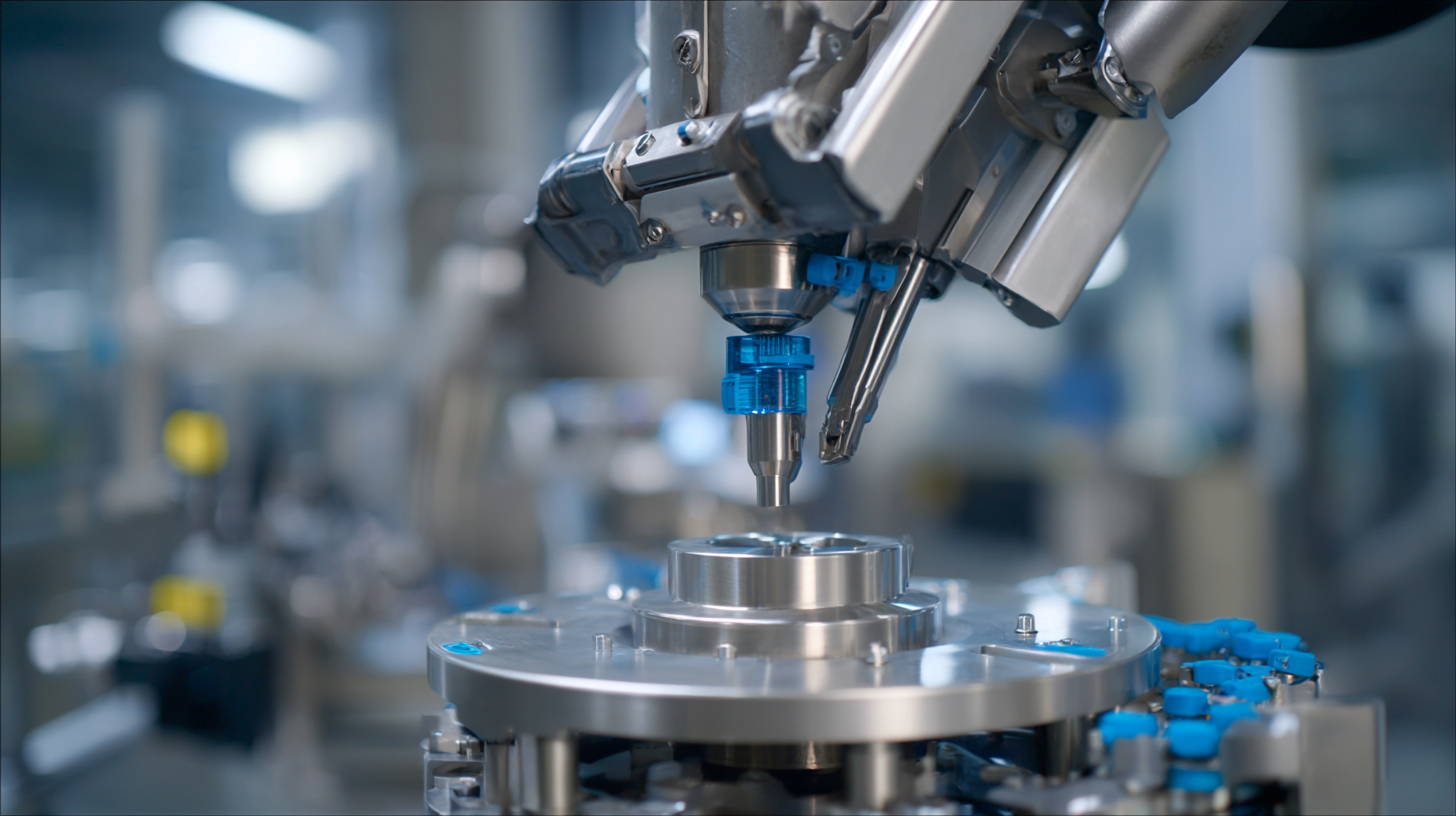
Implementing an automatic dosing system in your facility requires careful planning and consideration to ensure it meets your industrial needs. Start by assessing your current processes and identifying areas where dosing can be improved, focusing on accuracy and efficiency. Engage with system providers to understand the various technologies available, and choose a solution that aligns with your production goals.
Tips: Involve key personnel from different departments in the decision-making process. Their insights on daily operations can highlight specific needs that might otherwise be overlooked. Additionally, consider conducting a trial run of the system on a smaller scale before full implementation. This will enable you to identify and rectify any potential issues early on.
Once you’ve selected your system, the next step is to integrate it with your existing operations. This may involve upgrading infrastructure or training staff on new protocols. Ensure regular maintenance and monitoring practices are in place to keep the system running efficiently.
Tips: Schedule routine checks and establish a feedback loop with operators, encouraging them to report any anomalies or suggestions for improvement. Engaging staff helps promote ownership and can lead to unexpected efficiencies in the long run.
Maintaining an automatic dosing system is crucial for optimizing industrial processes and ensuring consistent product quality. Regular maintenance routines should include frequent calibration checks to guarantee that the system dispenses the correct amounts of chemicals or materials. This involves verifying the accuracy of sensors and adjusting them as necessary. Additionally, it is essential to inspect the dosing pumps and valves for any signs of wear or blockages that could impede performance. Implementing a scheduled maintenance plan helps to identify and address potential issues before they lead to larger operational disruptions.
Another best practice involves training personnel on the proper use and troubleshooting of the dosing system. Ensuring that operators understand the system’s functionality and can identify irregularities fosters a more proactive approach to maintenance. Moreover, maintaining detailed records of maintenance activities, calibration data, and any adjustments made can provide valuable insights into the performance of the dosing system over time. This data not only assists in forecasting maintenance needs but also enhances overall system reliability and efficiency, ultimately contributing to improved industrial operations.
Optimizing industrial processes through an automatic dosing system can significantly enhance operational efficiency and product quality. Central to measuring the success of these optimization efforts is the establishment of key performance indicators (KPIs) that align with the specific goals of the dosing system implementation. Just as therapeutic drug monitoring (TDM) aids clinicians by quantifying medication levels to optimize treatment, the effective monitoring of dosing parameters such as accuracy, consistency, and response time provides valuable insights into system performance.
Additionally, advancements in model-informed precision dosing (MIPD) highlight the importance of tailoring processes to individual needs, showcasing a parallel in both healthcare and industrial contexts. By leveraging data analytics and AI, industries can refine their dosing practices to meet varying production demands while ensuring safety and efficiency. Regular assessments against predefined KPIs enable organizations to identify areas for improvement and drive continuous optimization of their dosing systems, thereby achieving better outcomes and fostering innovation in industrial dynamics.
